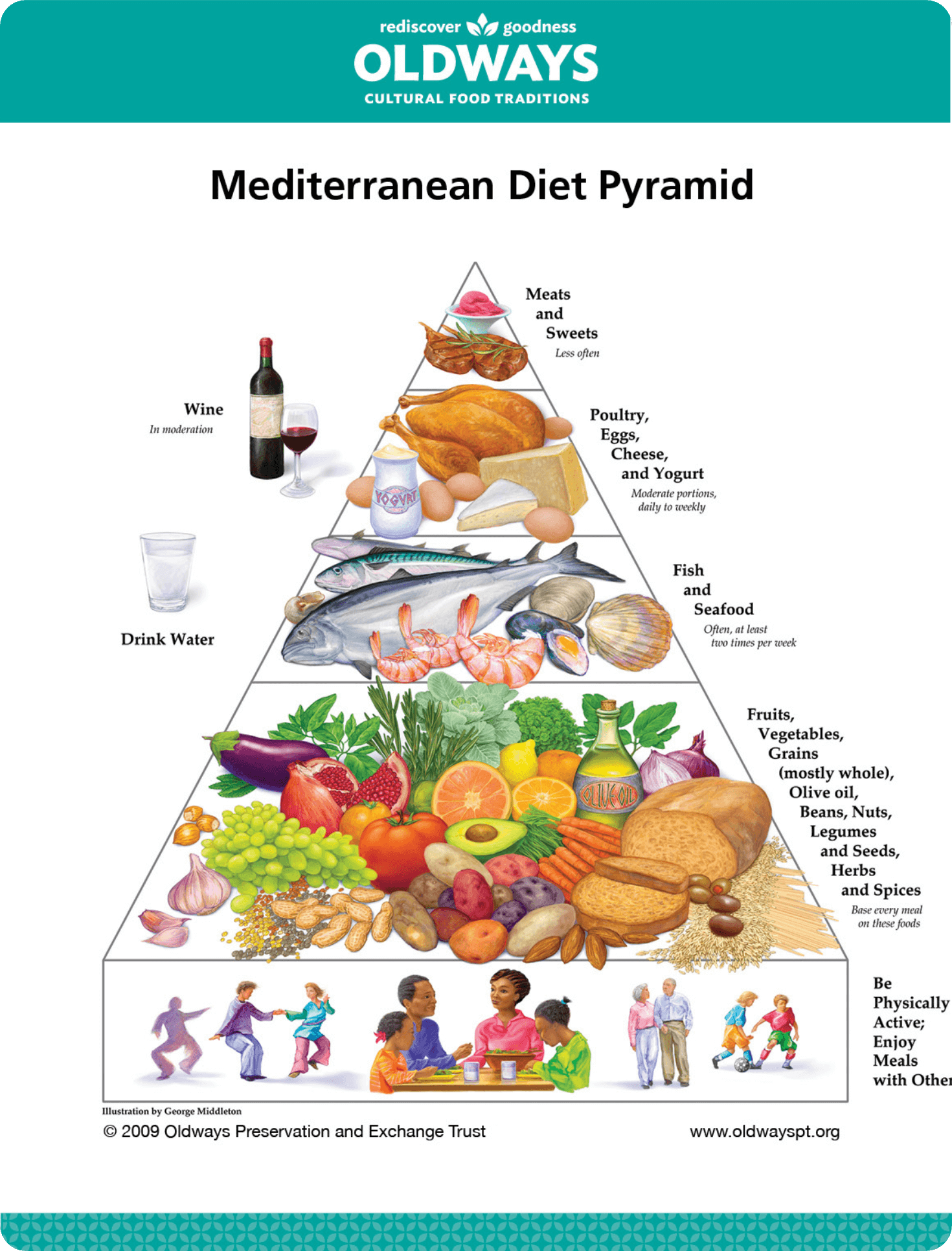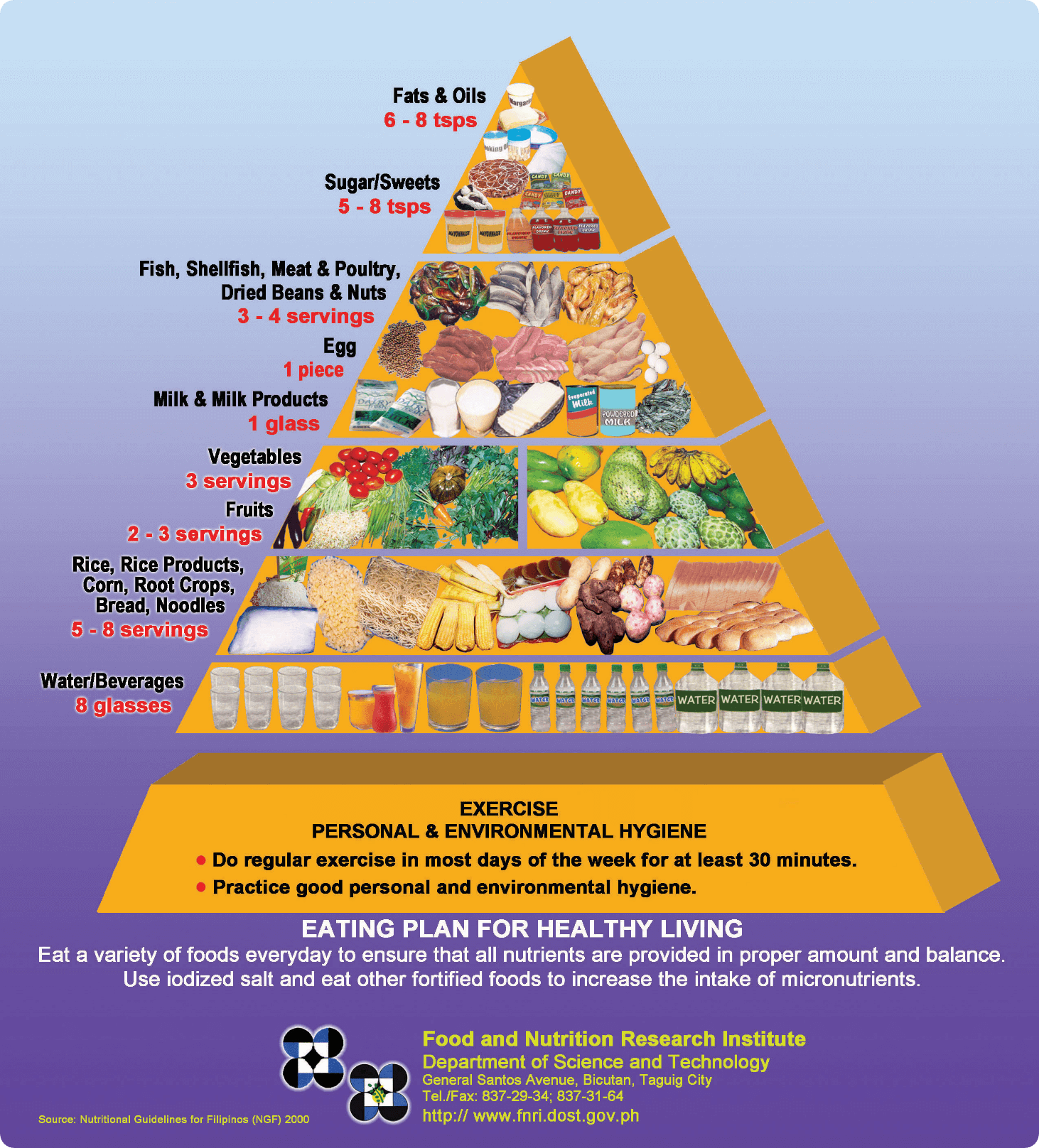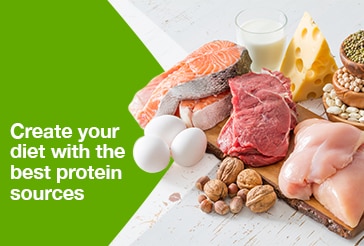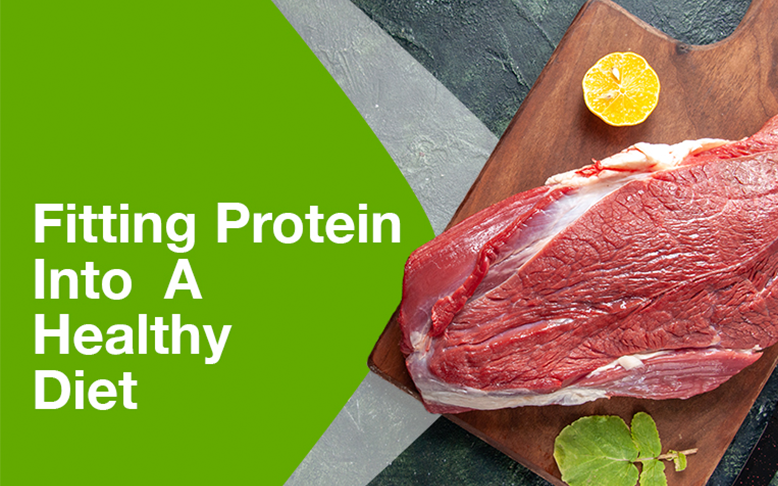Introduction

Protein is an important macronutrient needed in the human diet. It plays a crucial role in the body as it is vital for repairing and building body tissues, immune functions, cell processes, and other bodily functions.
Protein sources, however, are not created equal. Proteins vary in their quality and digestibility. Understanding these differences will help us in deciding which and how much of these protein foods will be incorporated for a well-balanced diet that will meet our specific health requirements.
Proteins Vary in Quality

Proteins are formed by organic compounds called amino acids. Amino acids can be classified as essentials, conditionally essentials, or non-essentials.
Essential amino acids cannot be synthesized by humans and other vertebrates in adequate amounts and so must be obtained from the diet. Of the 20 amino acids, there are nine essential amino acids: phenylalanine, valine, tryptophan, threonine, isoleucine, methionine, histidine, leucine, and lysine.1 On the other hand, conditionally essential amino acids are those that cannot be sufficiently synthesized by the body during particular physiological periods such as teenage growth, pregnancy, or during trauma recovery. Examples of these are histidine and arginine. Lastly, non-essential amino acids are those that can be produced by the body in sufficient amounts.

By evaluating the essential amino acid composition, digestibility of protein and bioavailability of amino acids, the quality of a protein is determined.
Proteins, which may come from plant and animal sources, may be categorized as complete or incomplete based on the amount or level of essential amino acids they contain.
Complete protein contains all nine essential amino acids in substantial amounts. Foods that are sources of complete protein include meat (beef or pork), poultry, eggs, fish, dairy, and some plant-based sources (e.g., edamame and tofu).2
Incomplete proteins are protein foods that do not contain all essential amino acids and so are considered low-quality protein foods.
Assessing the quality of proteins is important because the nutritional value of a protein is dependent on the quality of the protein. As proteins differ in composition, their influence on physiological functions could also differ.
How to Assess Protein Quality
So how is a protein’s quality evaluated?
Protein rating scale was created to evaluate the quality of protein. Several methods that are used to evaluate protein quality in foods are:
- protein efficiency ratio
- biological value
- net protein utilization
- protein digestibility corrected amino acid score
The protein efficiency ratio (PER) measures the effectiveness of a protein by the growth of an animal. The calculated value is contrasted with the casein protein's predicted value of 2.7. A food is considered an excellent protein source if its value falls above 2.7. A limitation of this method is that this calculation measures growth in rats rather than human growth.3
The biological value (BV) measures how efficiently the body uses protein in the consumed diet. A high BV protein food source correlates to a high supply of essential amino acids.3 Animal sources are generally higher than that of vegetable sources since vegetable sources lack one or more essential amino acids. It is important to note, however, that there are inherent problems in this rating system. It does not consider the key factors that impact digestion and interaction with other food prior to absorption.3
The net protein utilization (NPU) is a measure of nitrogen retention directly following absorption. Both BV and NPU measure the same parameter; however, they differ in that NPU is calculated from nitrogen utilized while BV is from nitrogen absorbed.3
The protein digestibility corrected amino acid score (PDCAAS) was recommended by the Joint FAO/WHO Expert Consultation on Protein Quality Evaluation in 1989 and was adopted by FAO/WHO in 1991 for measuring dietary protein quality.4
There are two principles behind PDCAAS. First, a protein mixture’s content of the first limiting essential amino acid is crucial to its ability to satisfy the nutritional amino acid requirements. Second, the protein cannot meet nutritional requirements unless the amino acid is absorbed from the diet. Protein digestibility, therefore, needs to be considered.5
PDCAAS was regarded as a valuable tool for routinely assessing the quality of proteins during the symposium held in San Francisco by the Significance of Dietary Protein Sources in Human and recent assessment by FAO/WHO.5
A protein can achieve a PDCAAS value of 1.0 if it provides 100% (or more) of all the amino acids required in the diet. Having a PDCAAS score of 1.0, casein, whey, soy, and egg are considered good quality proteins, while tree nuts have a score slightly under 0.50.6
In 2013, a new protein quality measurement was recommended by the Food and Agriculture Organization to replace PDCAAS. This is the Digestible Indispensable Amino Acid Score (DIASS).4
DIASS measures amino acid digestibility at the end of the small intestine, providing a more accurate measure of amino acid and nitrogen requirements. DIASS measures the quality of protein with this recommended scoring:6
- score of <75% provides no protein quality claim
- a score ranging from 75% to 99% provides a good protein quality
- a score of 100% or more warrants an excellent or high protein quality
While DIASS has many strengths, some limitations were also noted.7 These include failure to translate differences in nitrogen-protein conversion factors between plant and animal-based foods, limited representation of commonly consumed plant-based foods within the scoring framework, inadequate recognition of the increased digestibility of plant-based products that are heated or processed in a way that is commonly consumed, as well as focus on isolated foods rather than food mixtures.7
Animal or Plant Protein: Which is Better?

Figure 1. Common sources of protein and their amounts (DOST-FNRI, 2019)
One important thing to remember in selecting a protein source is to factor in other nutrients the food provides as it can offer a wide range of nutritional profiles.
Animal protein sources contain a high level of heme iron and vitamin B, while plant- sources are rich in phytochemicals and antioxidants, which are all beneficial to one's health.9
Plant-based protein sources have low protein quality rating because they lack one or more essential amino acids, thus, considered “incomplete”.10 However, this doesn’t mean that vegetarians or vegans cannot get adequate protein from their diet and achieve their protein needs. Some plant-based sources may complement each other by combining them in the diet so individuals can meet their daily protein requirements. For example, cereals (deficient in lysine) and legumes (deficient in sulfur amino acids) have a complementary protein profile. However, there are very few studies conducted to evaluate the protein digestibility of combining both sources.11
There are also some plant products that are complete protein sources. Among these are quinoa and soy beans.
Quinoa, a pseudocereal, has a different nutritional value than rice and corn.12 Quinoa is complete in protein and is remarkable in micronutrients such as magnesium, fiber, zinc, and iron.
Plant-based foods derived from whole soybeans are excellent protein sources, such as edamame, tempeh, and tofu.13 Filipinos readily have indigenous plant sources in the Philippines, including corn, mung beans (monggo), and tofu.

By mixing animal and plant-based proteins in the diet, we can reap the benefits from both sources.
The Mediterranean diet is a good example of combining different protein sources that can supply our protein needs while giving other nutritional benefits. This diet is more plant-based than other cuisines because it relies heavily on vegetables, beans, fruits, grains, healthy fats (mainly from olives and olive oil), a lot of fish, and less items are derived from animals. This healthier eating pattern automatically reduces the quantity of saturated fat on the plate to enhance health. Mediterranean diet has been linked to improve cardiac health,14 prevents type 2 diabetes,15 promotes weight loss,16 and decreases inflammation.17

Figure 2. Mediterranean diet pyramid (Oldways, 2009)
Sustainable Protein Source
Plant and alternative protein consumption have numerous benefits, including environmental, population, and consumer trends.19
In a compiled data by the World Resources Institute on the environmental impact of protein choices, plant-based proteins have a lower impact on greenhouse gas emissions than animal protein sources.20
On the other hand, the sustainable animal agriculture system does fill some important roles that plants cannot. Animal agriculture and eating meat are not necessarily harmful to the planet, but eating less meat could have a significant impact in saving the planet. Read more on plant-based diets HERE.
Ensuring Adequate Protein in the Diet
The Food and Nutrition Research Institute recommends consuming 3-4 servings of protein in the daily nutritional guideline pyramid.21

Figure 3. Daily nutritional guide pyramid for Filipino adults aged 20-39 years old (DOST-FNRI, n.d.)
With the recommended amount by experts, protein deficiency could be prevented. However, it is important to consider that protein requirement of an individual depends on several factors, including lifestyle, age, muscle mass, physique goals, and health in general.22
Some research on the topic of weight loss reveals that taking more than 0.8 grams of protein per pound (1.8 grams per kg) has no benefits, while others demonstrate that intakes of slightly more than 1 gram of protein per pound (2.2 grams per kg) are ideal for enhancing lean body mass.23 Other studies suggest that protein consumption should be at least 0.7 grams per pound (1.6 grams per kilogram) of body weight.24 Conflicting study results make it difficult to give exact figures for an optimal protein intake for muscle gain, but about 0.7-1.0 gram per pound (1.6-2.2 grams per kg) appears to be a reasonable estimate.22
Message to RND
Taking care of our client's own nutritional needs requires flexibility as RNDs. We have to stay abreast on how to implement a healthful diet.
Pro Tip
Mix and match protein sources to get the essentials.


 Shaylendra L. Andres , RND
Shaylendra L. Andres , RND















No comments here yet.